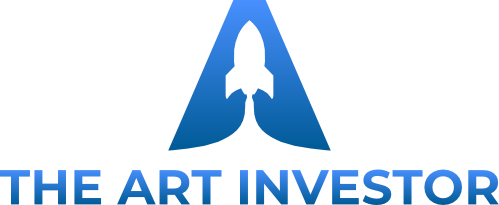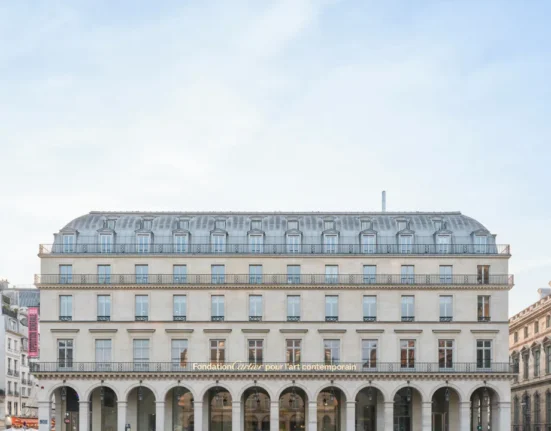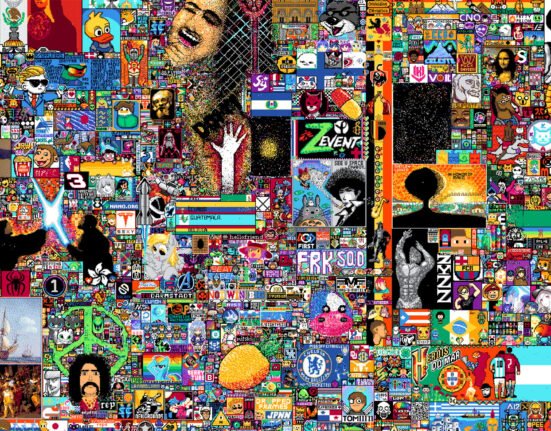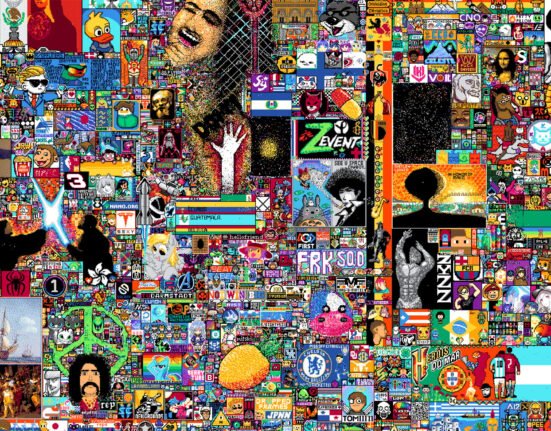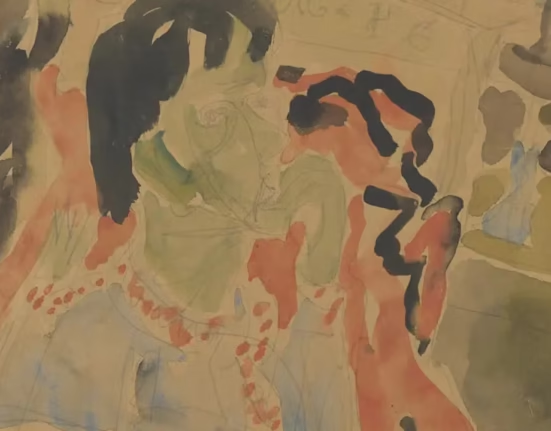The art world presents a curious paradox.
On one hand: opulent openings, seven-figure auction sales, and elite donors whose status grows through their affiliation with prestigious institutions.
On the other: a majority of working artists struggling to survive; often supplementing their income through second jobs, gig work, or the support of partners.
This tension is not new.
In his seminal work The Exceptional Economy of the Arts, economist and artist Hans Abbing explores one of the most paradoxical truths of the creative world: the art economy is inherently two-faced.
The “sacred” world of art publicly rejects commerce, while privately depending on it.
Galleries, institutions, and even some artists benefit from the illusion that art exists beyond market forces.
But the truth is: commerce and sanctity have always shared the same space.
Fast forward to today:
• Median income for fine artists remains low (U.S. BLS, 2022: ~$53K/year)
• Art programs continue to produce graduates burdened with high debt and little economic return (NYT, 2021)
• Museum boards are still populated by corporate and financial elites, creating mission drift and conflict of interest
• Art is increasingly treated as an asset class — less cultural artifact, more speculative investment
So what happens when the temple of art becomes a marketplace, yet continues to deny its own economy?
Change begins with honesty.
Transparent conversations about labor, pay equity, and creative value are essential.
Artists deserve more than symbolic praise, they deserve fair compensation.
Movements like W.A.G.E. (Working Artists and the Greater Economy) and artist-led cooperatives are already pointing the way forward.
It’s time we stop pretending the arts are “above money” and start building systems that support both integrity and sustainability.
ArtTalk
What do you think?
Are we ready to confront the contradictions of the art economy?
#newmastersart #newmastersartlibrary
